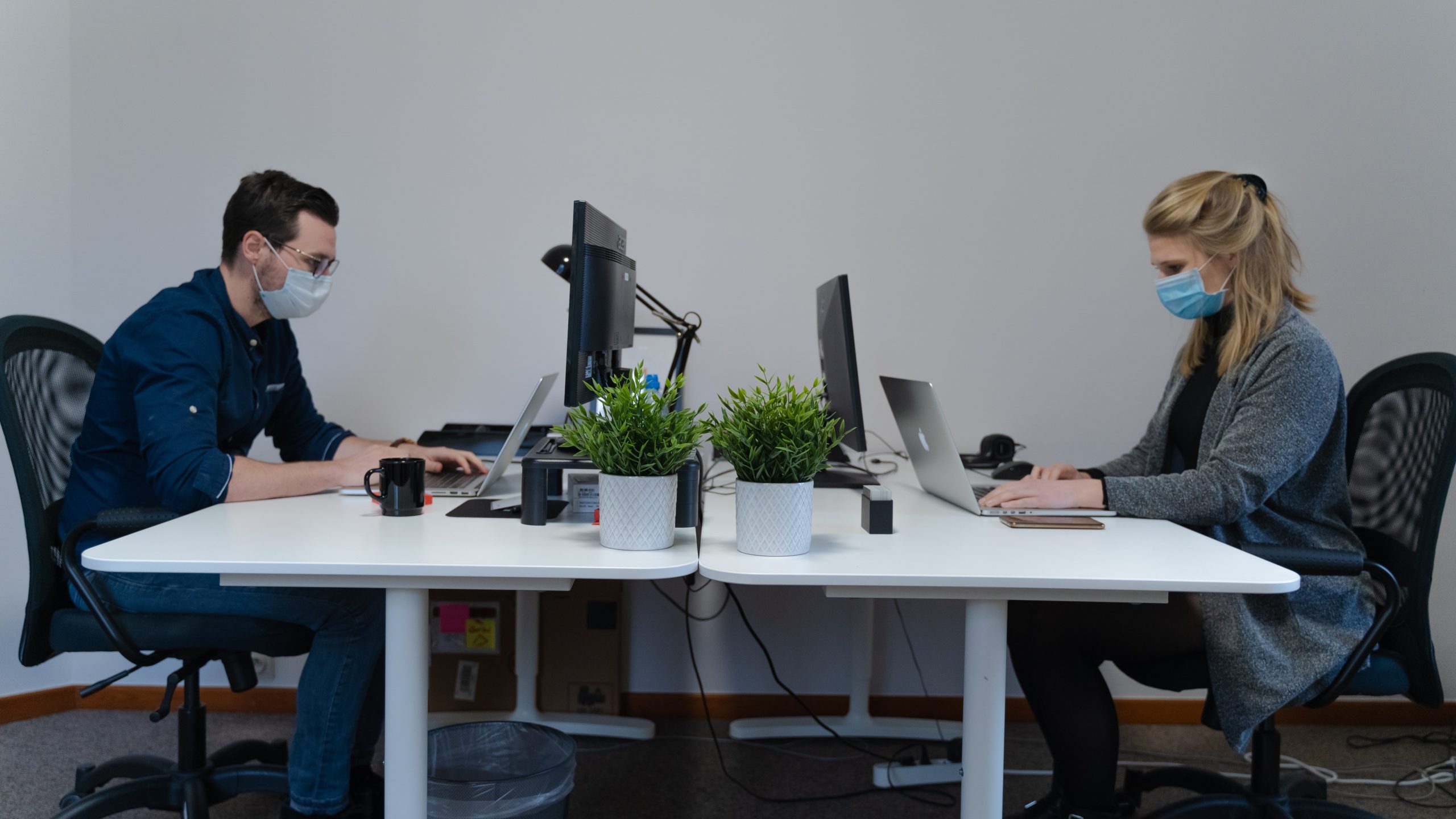Towards a fragile office market recovery
As the country races to inoculate the population, hopes for the revival of the economy and the Philippine office property market have emerged.
But with recent discoveries of new COVID-19 variants, it is apparent that the global pandemic is likely to stay for some time. Nevertheless, some mature economies have adapted a flexible approach in managing the volatile number of cases while keeping economic activities and their respective real estate markets relatively open.
Building boom
Before the lockdowns, the Philippine office market has been on a commercial building boom. Since 2010, the annual average new supply in Metro Manila was more than 500,000 sqm, while average net office absorption was close to 480,000 sqm. The pandemic significantly altered this scenario and managed to shift market sentiments from a “landlord favorable” market to a “tenant favorable” market by the turn of 2021.
While the pandemic has put a stopgap in office demand expansion, it also affected the supply side. The pandemic and the lockdowns triggered completion delays but have, more importantly, prevented average vacancy rates from swelling further. With the perceived recovery in demand, the window will likely close and will revert to a landlord favorable environment, as the market is expected to bottom out by the end of the year.
It may, however, still look like a fragile recovery in the mid-term due to its dependence on the business and consumer confidence levels, which can be bolstered by an efficient vaccination program. Most corporate tenants will wait for a more stable market environment—characterized by a highly managed number of infection cases, efficient public transport system and well-coordinated health and safety protocols—before completely getting back to its pre-pandemic expansion mode.
Driving the demand
The IT and business process management (IT-BPM) sector is likely to be at the forefront to drive the demand for office spaces postpandemic. Non-traditional occupiers in central business districts that have remained resilient (such as those engaged in the e-commerce and logistics) are likely to take advantage of the flight-to-quality opportunities due to a favorable rental market environment for tenants. Other industries expected to flourish and re-emerge are those in the knowledge economy (a result of job growth in technology, science, design and professional services) and experience economy (including tourism, sporting events and other live events).
While the pandemic allowed most occupiers to test remote work, empirical studies indicate the need to strike the right balance between remote and in-office work. Hybrid working—in which employees spend part of the week working in the office and the other, working from home or in a third location—is expected to more than double going forward while exclusively remote structures will remain the exception.
In addition, the real estate industry will be more adaptable to prevailing market conditions, as tenants require greater flexibility in terms of space, amenities and leasing terms.
The author is the director and head of Research, Consulting and Advisory Services of Cushman & Wakefield



